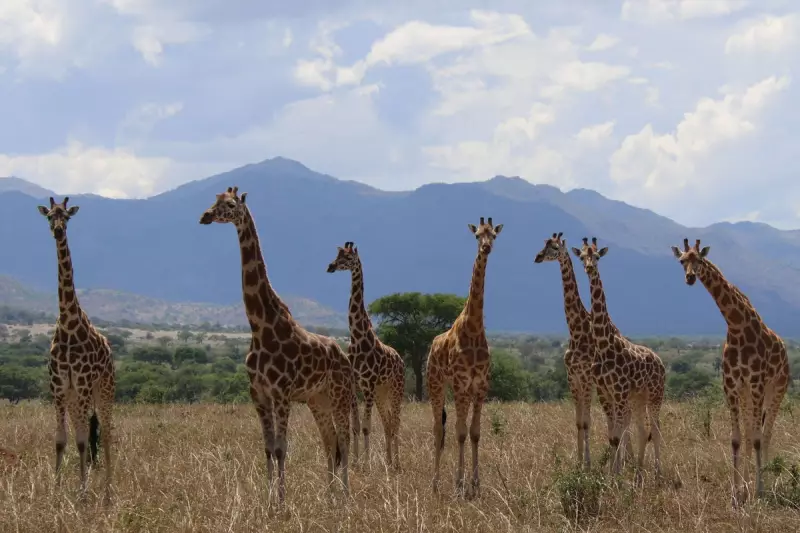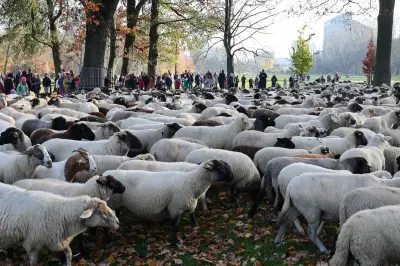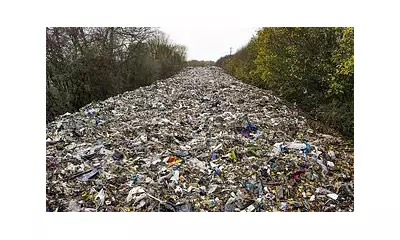
In a landmark development for wildlife conservation, scientists have unveiled a revolutionary genetic technique that could transform the fight against ivory trafficking and protect Africa's endangered elephant populations.
The groundbreaking method, developed by an international team of researchers, analyses DNA from ivory samples to pinpoint the exact geographic origin of trafficked tusks with unprecedented accuracy. This breakthrough provides law enforcement and conservation agencies with a powerful forensic tool to disrupt criminal networks driving the illegal ivory trade.
A Game-Changer for Elephant Protection
Previous DNA analysis methods could only identify broad regions where ivory originated, but this new technique can locate the specific elephant population—sometimes within 300 kilometres of the actual location. This precision allows authorities to target anti-poaching efforts and law enforcement operations more effectively than ever before.
Dr. Michael Brown, who led the research through the University of Washington in collaboration with the IUCN's African Elephant Specialist Group, stated: "This methodology will be a game-changer for wildlife forensic science. It provides law enforcement with intelligence that can investigate ivory trafficking at a level not previously possible."
Combating a Devastating Trade
The illegal ivory trade remains one of the most significant threats to African elephants, with populations declining dramatically due to poaching. Between 2006 and 2015, Africa's savanna elephant populations decreased by approximately 30%, primarily driven by demand for ivory products.
The new DNA analysis method has already demonstrated its effectiveness in real-world applications. Researchers successfully matched seized ivory to specific geographic areas, enabling authorities to focus their resources on hotspots of poaching activity and trafficking routes.
Scientific Innovation Meets Conservation
The research team compiled a comprehensive genetic reference map using elephant dung samples collected across Africa. By comparing DNA from seized ivory to this detailed database, scientists can now trace contraband back to its source population with remarkable precision.
This scientific advancement comes at a critical time for elephant conservation. As Dr. Brown emphasised: "The power of this tool to provide detailed intelligence on ivory trafficking networks is a major step forward in the effort to curb the illegal ivory trade and protect Africa's remaining elephant populations."
The development represents a significant collaboration between genetic scientists, conservation organisations, and law enforcement agencies—all working together to safeguard one of Africa's most iconic species from extinction.





